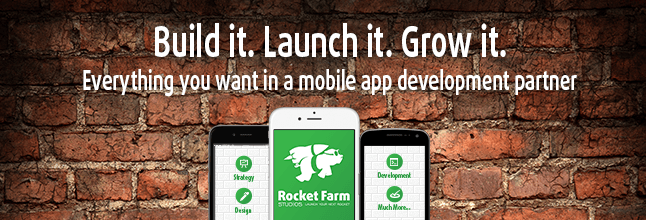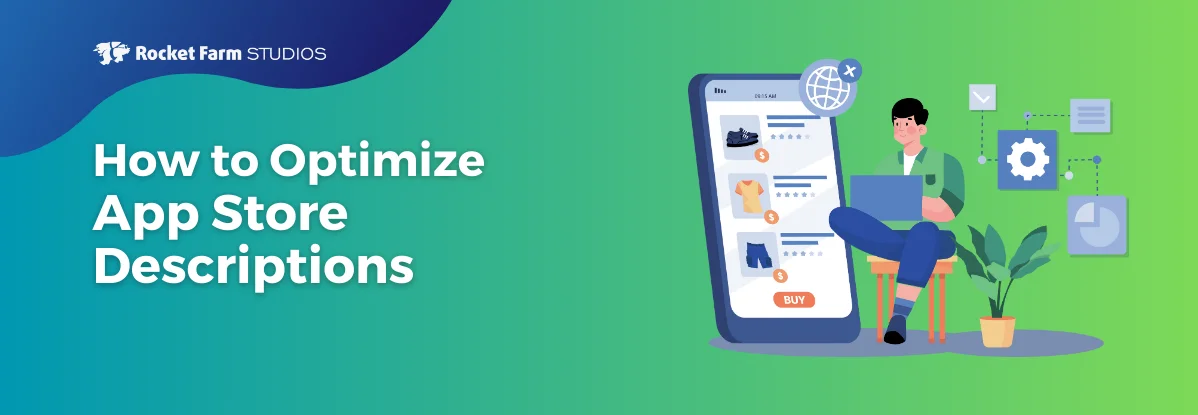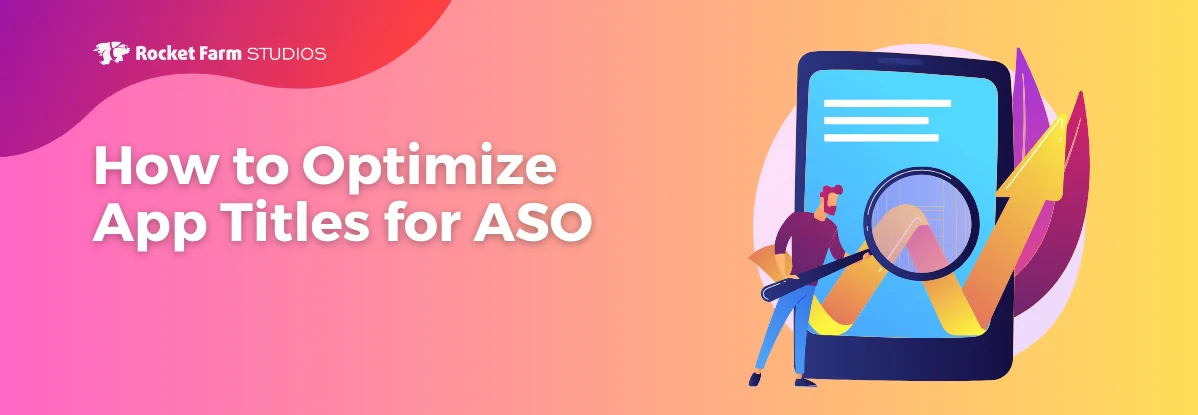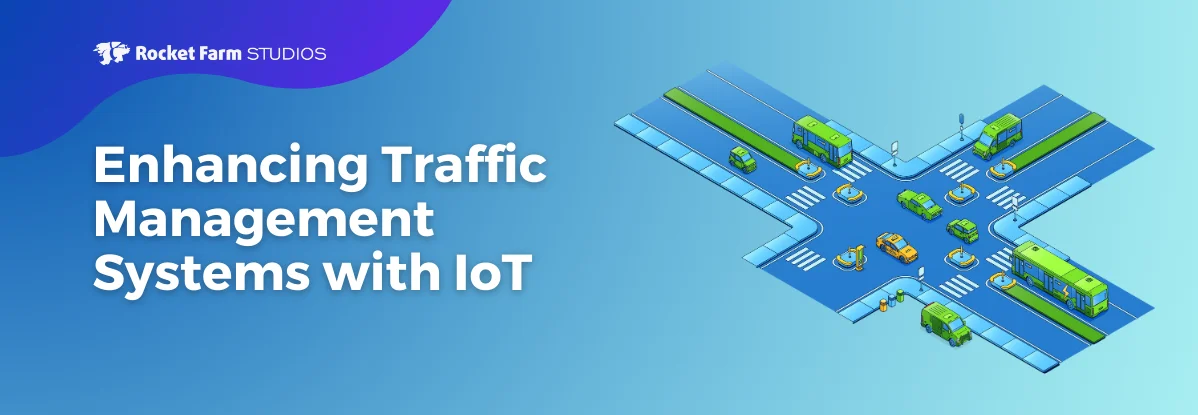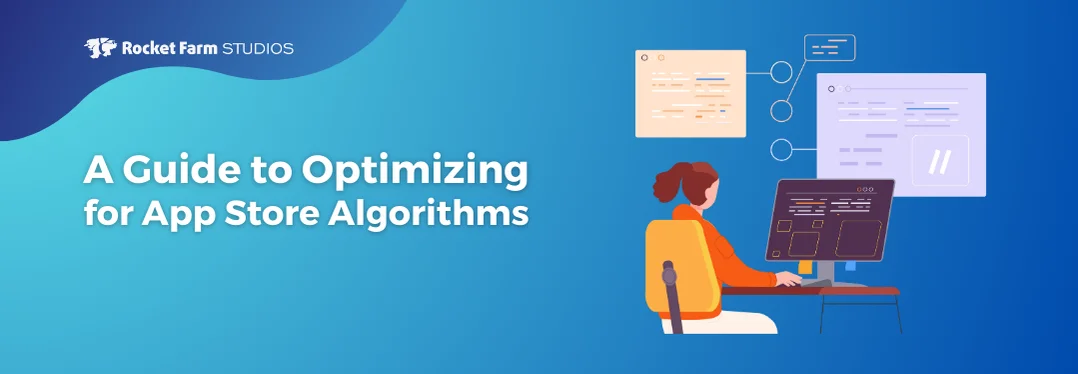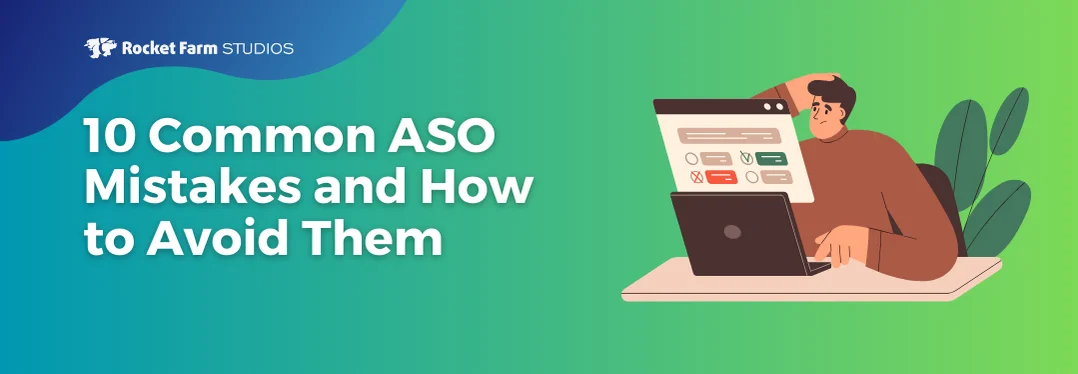
Back during their 2014 I/O developers conference, Google surprised us with an ostensibly low-tech product at such a high-tech event: Google Cardboard. Never heard of it? Don’t worry, you will. It’s a growing obsession within both Google and circles of app developers aiming to bring virtual reality to anyone who has an Android device. Let’s dive in to see why more app developers should be keeping the device in their 3D sights in the coming years.
1. It’s virtual reality, which means it’s fun!
We got our hands on the most basic level of Google Cardboard:

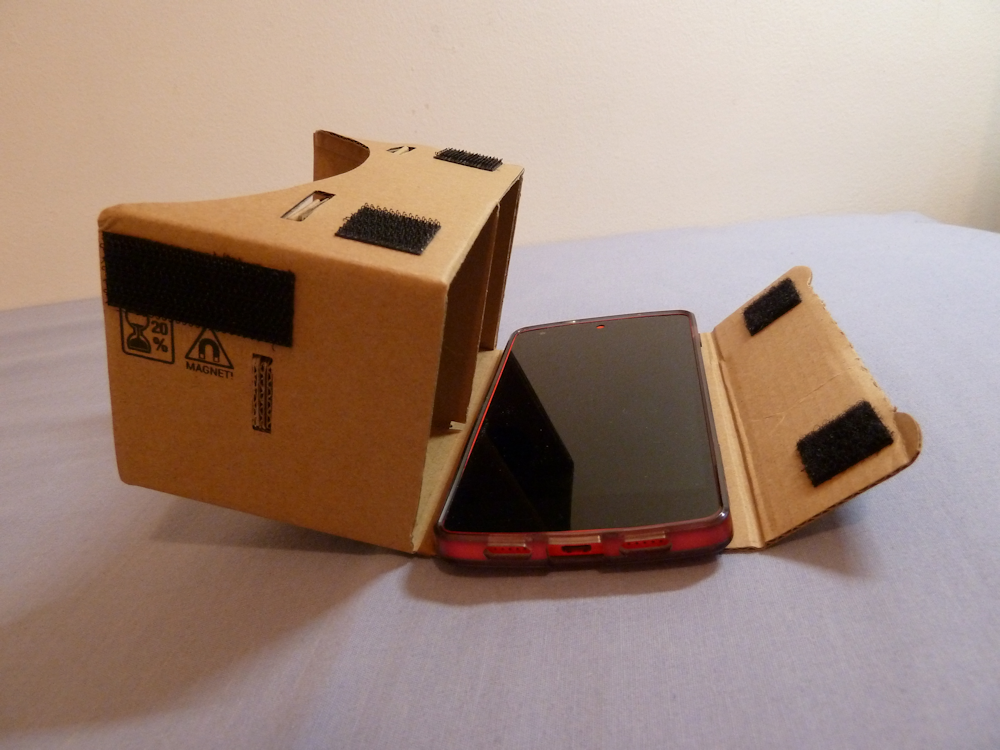
That clears up why it’s called Google Cardboard, right? It’s just a cardboard headset you fold around a smartphone and this one cost about $12. It comes with a “clickable” magnet on one side (which acts as an input method) and a NFC chip to detect when your phone is resting inside of the case. All in all, it’s nothing much to look at. But it sure is fun.
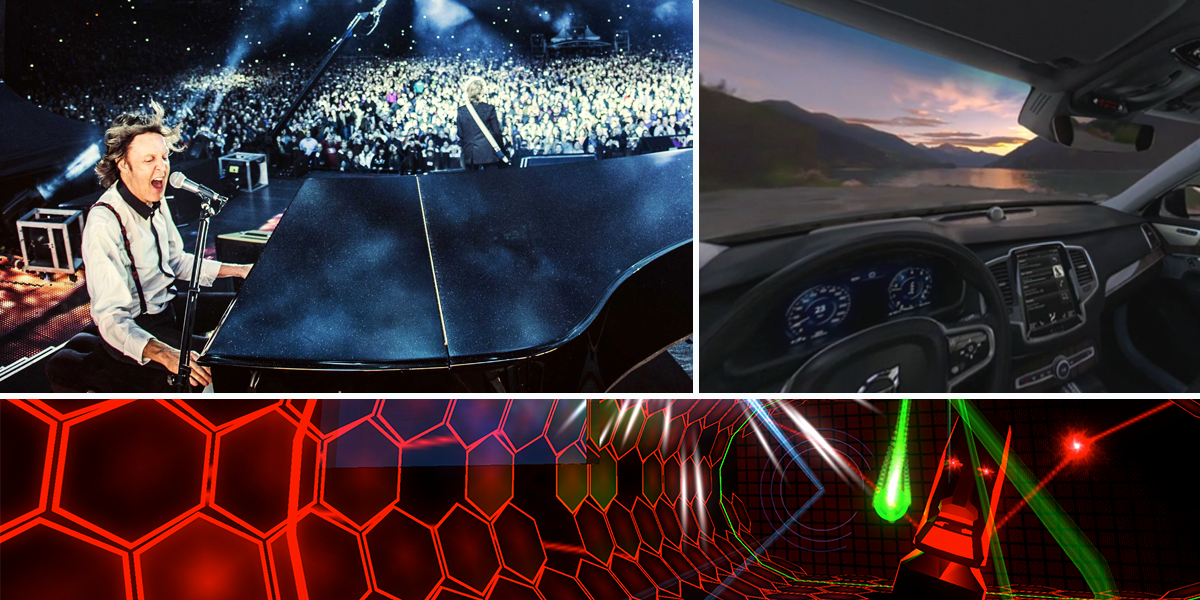
Source: TechCrunch
Obviously it’s hard to show off what it looks like (head here for an approximation of what you’d see), but it is surprising just how immersive a 3D experience you can have strapping a phone inches from your face. From a virtual concert to driving a Volvo to rock climbing (which did make palms sweaty believe it or not), Google Cardboard’s current stable of apps are tremendously fun to play with. For less than the price of a couple beers, you have a pretty good — even great — virtual reality experience.
2. It’s VR for the masses, and it’s a huge mass.
With such a vast, immediate audience, this is akin to the difference between Call of Duty and Angry Birds. Once Google Cardboard starts infiltrating the masses, it is likely to become the de facto VR device for the majority of the world. And, where the money will be headed. In fact, the main Google Cardboard app has been downloaded between 1 and 5 million times, and steadily increasing. If you have an interest in developing VR apps, now’s the time to get into the pool.
3. Google is making it a priority.
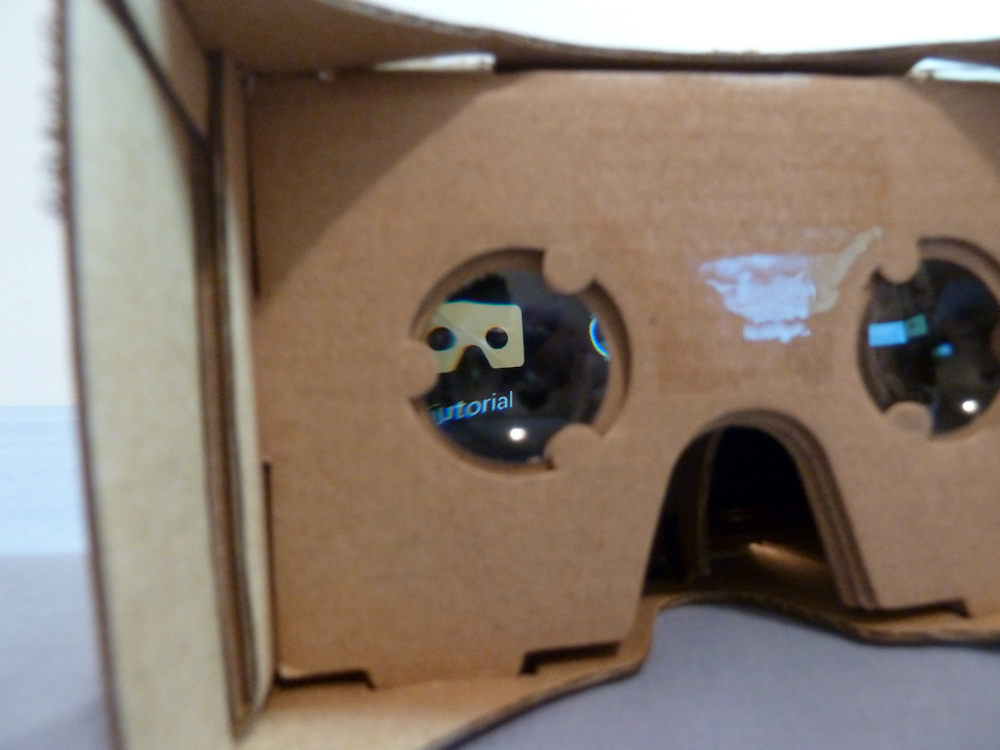 And if there’s one thing Google does well is to know what the hot trends are. Oculus Rift received huge buzz, and now Samsung and HTC are entering into the fray with their own dedicated VR devices. Google’s not about to be left behind here, especially with their giant footprint in the mobile space with Android. We can expect to see Cardboard make a big splash in the coming year, and app developers would be wise to start exploring it as a potential platform for the next big mobile hit.
And if there’s one thing Google does well is to know what the hot trends are. Oculus Rift received huge buzz, and now Samsung and HTC are entering into the fray with their own dedicated VR devices. Google’s not about to be left behind here, especially with their giant footprint in the mobile space with Android. We can expect to see Cardboard make a big splash in the coming year, and app developers would be wise to start exploring it as a potential platform for the next big mobile hit.
4. It’s training wheels for better hardware.
Already, 3rd party hardware developers are providing better Cardboard experiences for those who are willing to pay more. Down the line, Google will debut a serious contender building off this prototype that will have the potential to become the standard VR gear for Android households. If Oculus aims to be the Alienware gaming system to the elite, Google is aiming to be the Nintendo Wii for the masses who want an affordable VR way to watch movies, play games, take virtual tours, and more. We’re just a couple generations away, so now’s really the time for aspiring 3D developers to start tinkering with dev kits!
5. It’s the next big thing.
It’s not the articles mentioning Google’s investment into VR or the partnerships Google is started to forge using the technology, it’s just that Google Cardboard is a really fun little toy that both children and adults will get a kick out of. Remember all those movies from the 80s and 90s promising virtual reality? Well, it’s sort of here now, and it works much better than you might expect. This is going to be the next big thing, and it’s a whole new playground for app developers to make their mark. We’re excited. Are you?
To learn more about what Rocket Farm Studios can do for your mobile app projects, click below.
